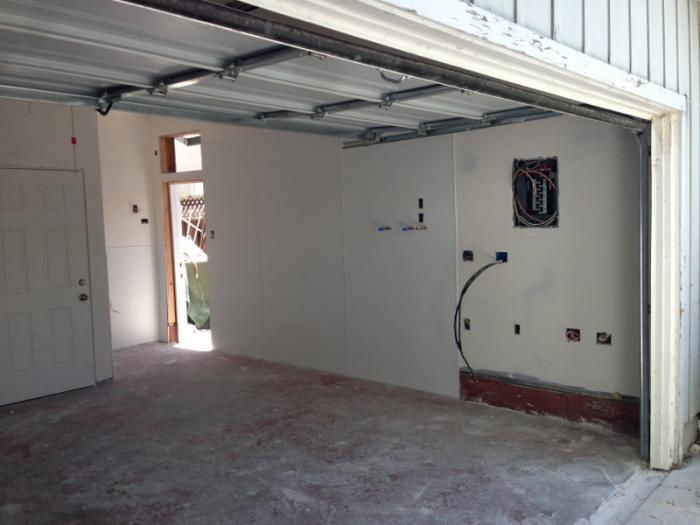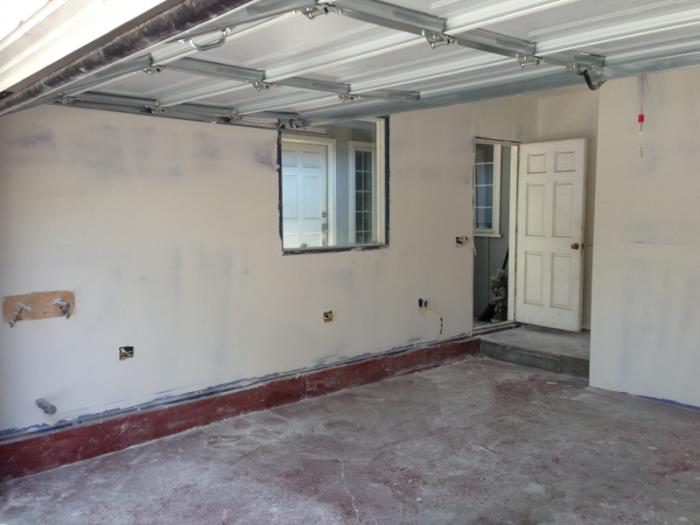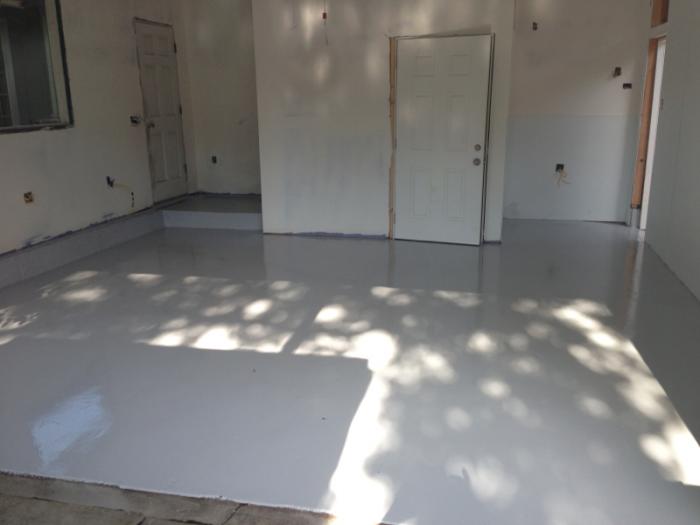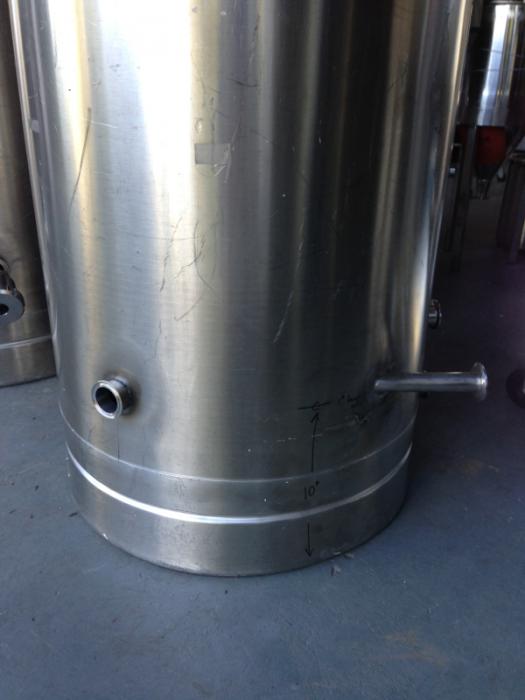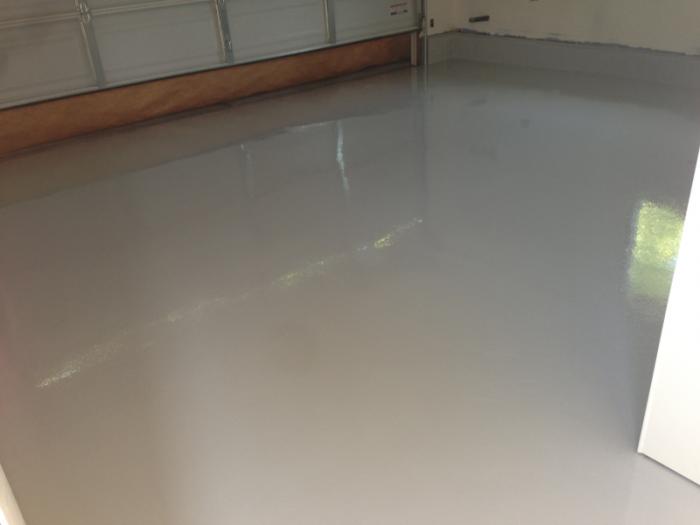Got it, I'm an ale guy so the only time (I know-famous last words) the fermenters will be in there is for crashing and carbonation. That process will actually create a vacuum and require me to pump in additional co2 to the tank so I'm not too worried about it.
As a fellow brewer i would like to suggest that you add a co2 detector inside your cold room about 16 inches from the ground since co2 is heavier than air..as for your statement about the only time they (beer) will be in there is at crash or carbonation i have a quick question ...at what temperatures are you fermentating outside the chiller or are you running a fermenter with a glycol sleeve?


